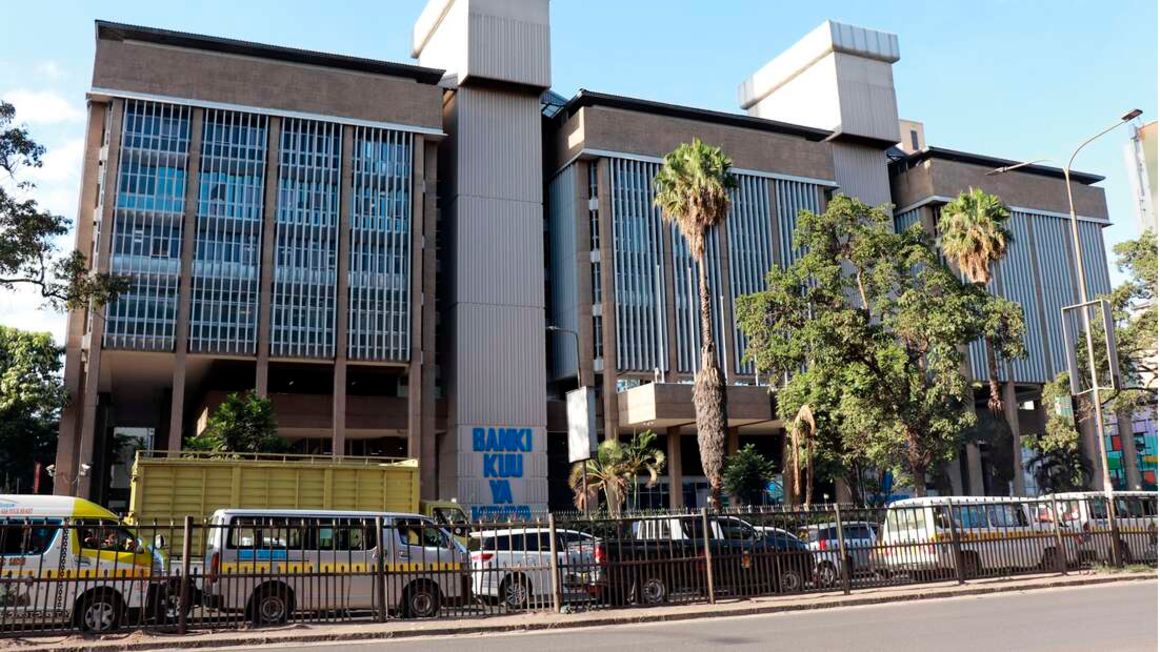
The Central bank of Kenya, Nairobi on Wednesday, December 30, 2020. PHOTO | DENNIS ONSONGO | NMG
The ratio of non-performing loans to the total loan book in the banking sector shrunk to 14.2 percent in August from a high of 14.7 percent in June when the total bad loan portfolio hit Sh514.4 billion, reflecting heightened recovery efforts by lenders.
The Central Bank of Kenya (CBK) disclosed last week that the key sectors, which had been driving up bad loans through exposure to a few large clients had recorded improved repayments.
This suggests that the new tact by banks of renegotiating terms or seeking private settlement for defaulting accounts rather than chasing recovery through auctions, is paying off.
Lenders have been seeking to recover their money through private treaties—where borrowers and financiers work together to liquidate collateral to recover money—after increasingly finding it difficult to get buyers in auctions due to the high cost of living and a tough economic environment.
Auctioneers say asset seizures are up this year, but they are having problems disposing of the assets in a market witnessing a glut of repossessed vehicles, land, homes and office equipment.
Bankers had identified infrastructure, hospitality and manufacturing sectors as key drivers of non-performing loans in the first half of the year, partly due to delayed payments by the government and reduced demand for goods and services due to biting inflation.
These sectors, the CBK said in its monetary policy committee meeting brief, have been leading in recoveries thus the lower overall NPL ratio in the banking sector.
“The ratio of gross non-performing loans (NPLs) to gross loans stood at 14.2 percent in August 2022, compared to 14.7 percent in June. Repayments and recoveries were noted in the building and construction, manufacturing, and transport and communication sectors. Banks have continued to make adequate provisions for the NPLs,” said the CBK.
For manufacturers, the cost of inputs has also been a problem, due to the high price of imported raw materials on the back of global supply constraints, coupled with a weaker shilling to the dollar, which has raised forex costs for importers.
Some have also complained of difficulties accessing dollars from banks in the local market, due to what dealers have said is a reluctance by banks to sell the greenback to one another, creating inefficiencies in the market that have hurt clients of smaller lenders.
Some of the loan repayment woes hurting businesses also stem from large pending bills owed to the private sector that the government holds in its books.
They stand at an estimated Sh500 billion leaving businesses struggling for working capital, rendering them incapable of servicing obligations to banks.
At the same time, businesses are taking a hit from the jump in inflation—which reached a 63-month high of 9.2 percent in September—that has squeezed household budgets and demand for goods and services.
It means that firms, which tapped loans based on higher projected cash flows are struggling to meet the repayment obligations.
→ cmwaniki@ke.nationmedia.com




No comments :
Post a Comment